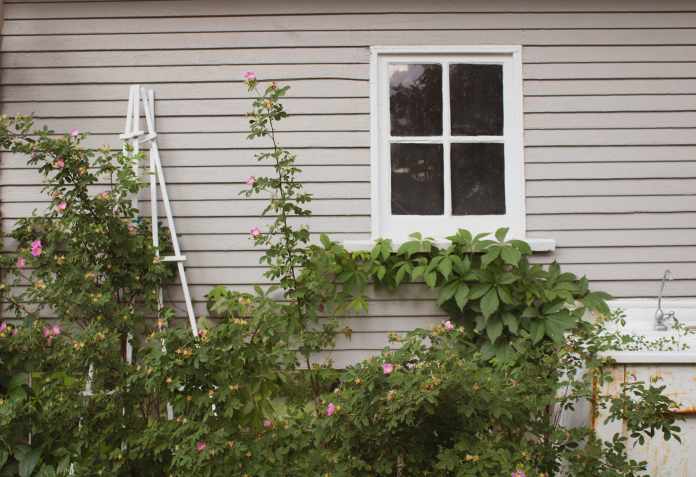Weeds are a pesky problem that can quickly take over your lawn and garden, stealing nutrients and resources from the plants you intend to nurture. Not only do they look unsightly, but they can also be difficult to get rid of.
As such, having a better understanding of how weeds can cause havoc on your lawn is key to keeping your grass healthy and lush. This article will provide an inside look into the world of weeds, from how they kill your lawn to how to control them.
With this knowledge, you can protect your lawn from these pesky plants and enjoy a beautiful, weed-free yard all year round.
If you’re looking for “weed killer for lawns”, you can see more here.
Table of Contents
Understanding The Harm Weeds Cause to Your Lawn and Garden
Weeds can be more than just an eyesore. They can also cause damage to your lawn and garden in a variety of ways.
-
Deprives Your Plants Food Supply
Weeds often have more pervasive root systems than the grass and plants in your lawn, allowing them to absorb more water and nutrients from the soil. This gives them a competitive edge over other plants for vital resources, leaving them struggling and unable to thrive.
Weeds can also create a dense canopy that blocks sunlight and air from reaching the grass and other plants in your lawn. This can prevent the grass from growing and cause it to become weak and vulnerable to disease and pests.
-
Causes Diseases to Infiltrate Your Lawn
Some weeds, such as dandelions, are hosts to fungi and bacteria that can spread to other plants in your lawn. These fungi and bacteria can cause diseases such as root rot and powdery mildew, leaving you with a patchy and unhealthy lawn.
-
Triggers Insect Infestation
Weeds can also attract certain types of insects to your lawn, such as aphids, mites, and whiteflies. These insects can damage your plants and spread diseases, leading to even more damage and destruction.
In addition, some insects lay their eggs in the soil, and when the eggs hatch, the larvae can feed on the roots of your grass and plants. This will not only cause significant damage to your lawn but also leave you with a bigger bug infestation to deal with.
-
Occupies Lawn Space Your Plants Need to Grow
Lastly, weeds spread rather fast and can quickly take up valuable space that your plants need to grow and thrive. This can lead to overcrowding which can limit the growth potential of your plants, leading to a less-than-ideal lawn.
How to Identify Weeds
Now that you know the harm weeds can cause, you may wonder how to identify them. There are many different types of weeds, but the most common include dandelions, thistles, crabgrass, and clover.
The best way to control them is to know what they are. Each weed has its unique characteristics and can be identified by its leaves, flowers, and roots. However, they share certain common characteristics that make them easily distinguishable.
For instance, weeds tend to grow as a group, so look for plants growing in clusters, especially in areas that have been recently disturbed. Weeds love to take advantage of disturbed soil, so they will often be found in these areas.
Tips for Preventing Weeds
The best way to deal with weeds is to prevent them from taking over your lawn in the first place. Here are some tips to help you do that:
- Mow your lawn regularly. This will help prevent the weeds from taking over, as they will be mowed down before they have a chance to spread.
- Plant grasses that are more resistant to weeds. Certain types of grasses are more resistant to weed growth, so planting them can help reduce the number of weeds in your lawn.
- Remove weeds as soon as you spot them. Weeds can spread quickly, so removing them as soon as you see them is important. If you have a large infestation of weeds, you may need to use weed killer to get rid of them. Make sure to read the instructions on the label and apply the product carefully to avoid damaging your other plants.
In Conclusion
Weeds are an inevitable part of lawn maintenance, and many homeowners face the never-ending battle to keep them out. They can quickly take over a lawn and destroy its beauty, so it’s important to understand how they work and how to get rid of them. Thankfully, with the guide above, you can stay ahead of the game and ensure your lawn remains healthy and weed-free.
















